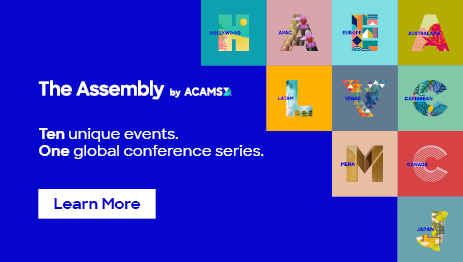News
Global Trade Remains a Blind Spot in the Fight Against Money Laundering: Report
Nearly $1 trillion worth of global trade goes unreported each year as a result of “deliberate” misinvoicing, according to newly released research highlighting the scale of trade-based money laundering.
From 2008 to 2017, the total values of exports and imports of goods reported to the United Nations by 135 developing and 36 advanced economies, figures that should be roughly equal to one another, exhibited a gap of some $8.8 trillion, the Washington, D.C.-based think tank Global Financial Integrity claimed Tuesday.
The gap reflects the ease with which parties to a trade transaction can “manipulate” the recorded price, quantity, nature or origin of the underlying product to move hundreds of millions of dollars in dirty funds virtually undetected, GFI concluded in a 78-page report.
“Less than two percent of all shipping containers are searched each year to verify the veracity of customs invoices,” the authors of the report noted. “The data indicate trade misinvoicing has been a persistent challenge…and the amounts involved reflect a massive level of illicit financial flows moving between countries.”
During the decade in question, bilateral trade data reported by China, Mexico and Russia displayed the largest discrepancies in dollar terms with the volumes disclosed by their trading partners, at an average annual rate of $324, 63 and 57 billion, respectively, according to the report.
The Gambia, Togo, the Maldives, Malawi and Bahamas, instead, showed the most significant disparities as measured in relation to their total bilateral trade flows, with gaps ranging between 37 and 26 percent.
The study confirms that trade-based money laundering, or TBML, continues to challenge regulators, investigators and compliance officers, in particular as a result of weaker government oversight of importers, exporters and other non-financial firms that facilitate global trade, Oliver Grimes, a consultant with Bovill in London, told ACAMS moneylaundering.com.
“If you are a shipping company or export agent, you have no obligation to identify your client as a financial institution would,” Grimes said. “Consequently entities covered by AML regulations such as financial institutions only have a partial view of actual underlying trade flows.”
Lenders, in particular, struggle to identify funds linked to TBML schemes because some 80 percent of global trade is handled through “open account” transactions that counterparties can settle automatically, without having to document them in any detail, a U.S. government watchdog said in late January.
Compliance officers should be aware of the risks inherent in these payment facilities, and be on the lookout for red flags such as suspicious shipping routes, particularly involving thinly regulated free-trade zones, high-risk goods and dubious customers, said Grimes.
“By keeping a record of each step, blockchain technology could help with efficiency, simplification and transparency in global trade, but it involves a level of maturity and feasibility, and we are a significant time away from that,” the consultant noted.
GFI said it excluded 13 jurisdictions from its research because of lack of reliable data and “rigorously” adjusted the figures analyzed to account for possible reporting errors by countries.
Insufficient data separately led the think tank to omit the cross-border trade of services from the report, despite the fact that related transactions are also increasingly being exploited by financial criminals to conceal the movement of their dirty funds.
The group might be working with imperfect information, but its analysis is among the most reliable and helpful out there in quantifying the global TBML challenge, said Christopher Moore, a consultant with Capco in London.
“No one who truly cares about fighting financial crime should be complacent or reassured by the relatively unchanged absolute value gap estimates year on year,” Moore said. “The report itself acknowledges the vast potential for under-estimation.”
Contact Gabriel Vedrenne at gvedrenne@acms.org
| Topics : | Anti-money laundering , Counterterrorist Financing |
|---|---|
| Source: | Nonprofits/Private Organizations |
| Document Date: | March 3, 2020 |
